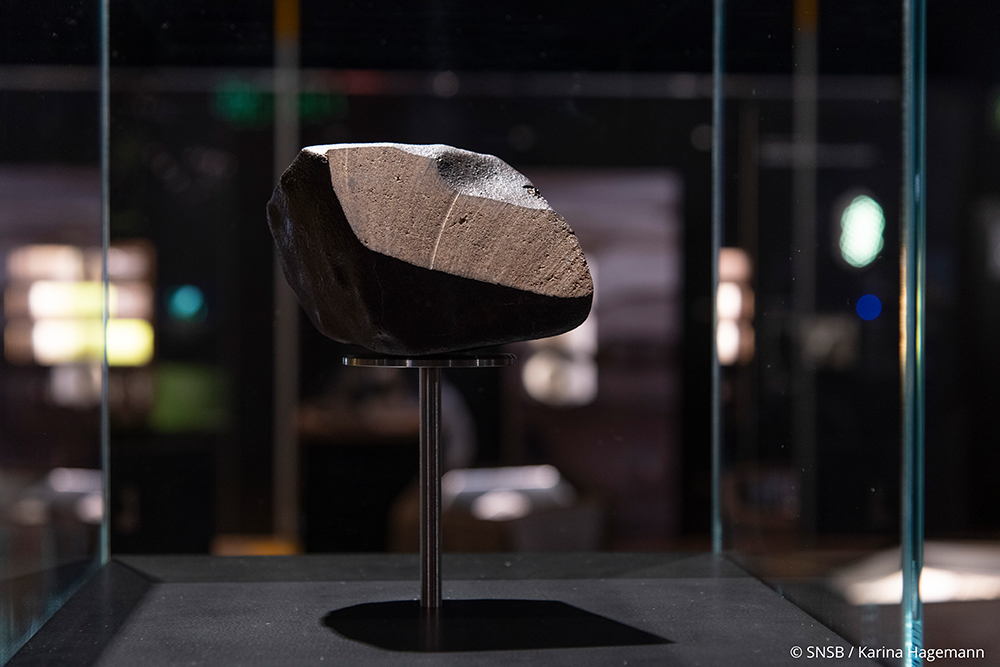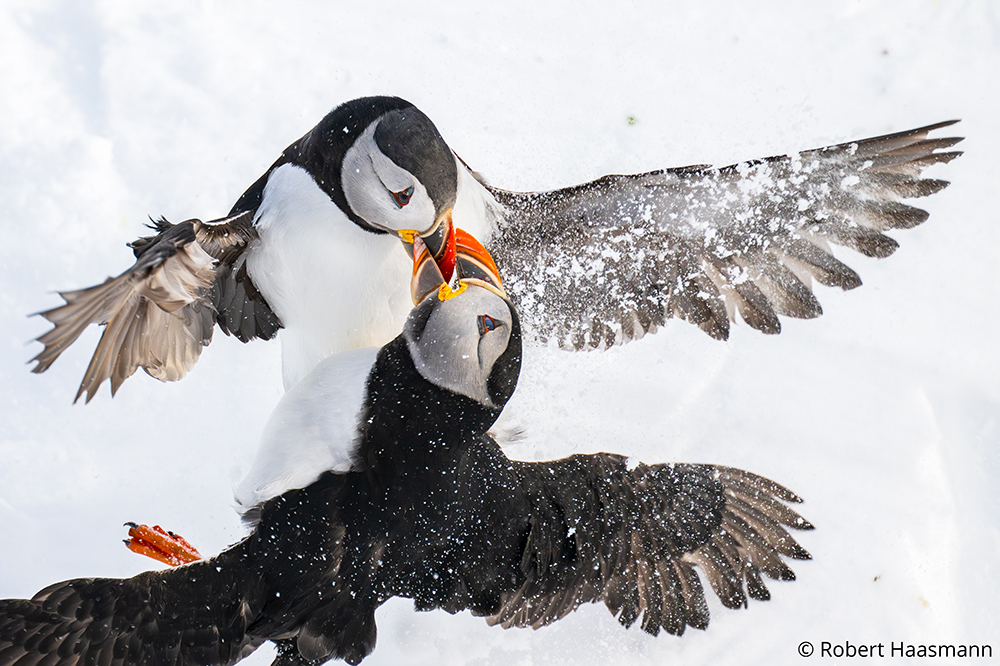Fundraising campaign: A dinosaur for Bamberg!
The Bamberg Natural History Museum is planning to acquire high-quality skeleton casts of the dinosaur Europasaurus holgeri discovered in northern Germany – both an adult specimen and a juvenile – as part of its refurbishment and reorientation. We would like to invite you to become part of this fascinating project and support us in the realization of our new permanent exhibition!
Europasaurus holgeri is a remarkable testimony to the history of the earth and will not only inspire our visitors, but will also make a valuable contribution to the museum’s educational work. This dinosaur lived in the Upper Jurassic period, around 154 million years ago, and is therefore exactly the same age as the unique Wattendorf slab limestone fossils that can already be admired in the museum. The Europasaurus to be acquired is one of the few sauropods found in Germany (northern edge of the Harz Mountains near Goslar) and, with more than 95% original skeletal parts, is one of the most complete dinosaur genera in the world.

Its excellent preservation and numerous anatomical features will make it a new attraction at the Natural History Museum. The two skeletons, measuring approx. 2 and 6 m in length respectively, will be on permanent display on the ground floor together with the Wattendorf fossils and other Jurassic highlights such as local ichthyosaurs, a 4 m2 slab with around 150 ammonites and a media station entitled “Europe in the Jurassic period”. This gives visitors the opportunity to obtain comprehensive information about the former habitat in Franconia and Germany.
The acquisition costs for the adult (54,000 EUR) and juvenile (18,000 EUR) Europasaurus amount to a total of 72,000 EUR. Around 36,000 EUR has already been raised through the Science Communication Committee of the Bavarian State Natural History Collections.
In order to guarantee the financing of the remaining 36,000 EUR for both animals, we, together with the Friends of the Bamberg Natural History Museum, would like to ask for your financial support! Your donation will enable us to acquire these unique skeleton casts and thus expand our offer for young and old. Every contribution, regardless of the amount, is of great importance and helps us to achieve this goal together.
If you would like to support this promising project, please transfer your donation to:
Freunde des Naturkunde-Museums Bamberg e.V.
IBAN: DE39 7705 0000 0302 9100 96
BIC: BYLADEM1SKB
Keyword: Donation Europasaurus
Your donation will of course be recognized as a tax-reducing expense. Up to an amount of 300 EUR, the bank transfer slip or the debit slip is sufficient as proof for the tax office. From 300 EUR you will automatically receive a donation receipt from our treasurer. Therefore, please be sure to state your postal address when making the transfer!
And as a special bonus:
Donors who give more than 300 EUR will be mentioned by name on a donation board next to the pair of dinosaurs!











